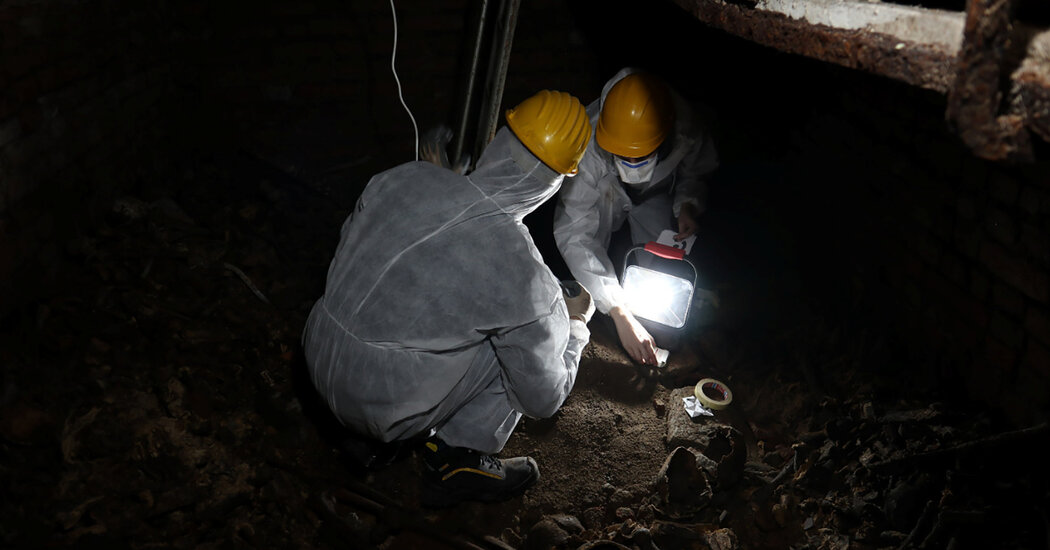In human remains buried in an Italian crypt, researchers found evidence of cocaine use from the 17th century.
Descending for the first time into the large, vaulted crypt of a centuries-old hospital in Milan in 2019, Gaia Giordano grew overwhelmed.
“You see a floor of bone, full of bones,” said Ms. Giordano, a graduate student at the University of Milan.
In the 1600s, the crypt essentially served as a subterranean potter’s field for thousands of poor Milanese people who had sought help at the Ca’ Granda hospital. From that ancient burial ground, Ms. Giordano uncovered a surprising twist in the history of the European drug trade.
After analyzing the skulls and brain tissue of nine people who were buried there in the mid-1600s, Ms. Giordano and her collaborators found that two had most likely been using cocaine. The findings, reported in the October issue of the Journal of Archaeological Science, offer the earliest evidence of cocaine use in premodern Europe — some 200 years before a German chemist isolated the drug from the coca plant.
The findings suggest that the Milanese people had access to the same coca leaves that ancient South American civilizations had long used as a pain reliever, energy booster and appetite suppressant.
“We have evidence of coca leaves being used thousands of years ago,” said Christine VanPool, an anthropologist at the University of Missouri. No one knows exactly how or when coca reached Europeans. But Dr. VanPool believes that Spanish colonizers in South America may have been attracted to cocaine’s analgesic properties.
